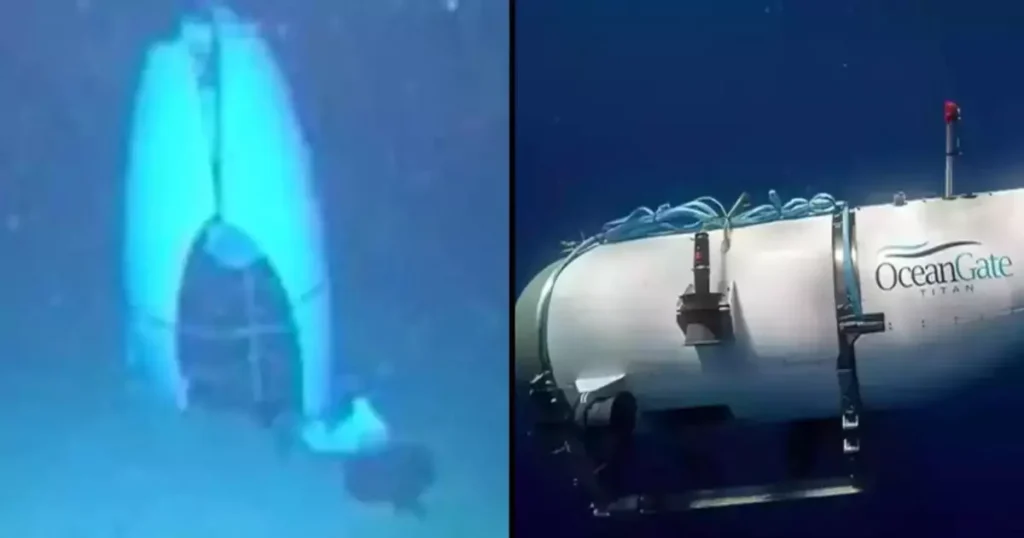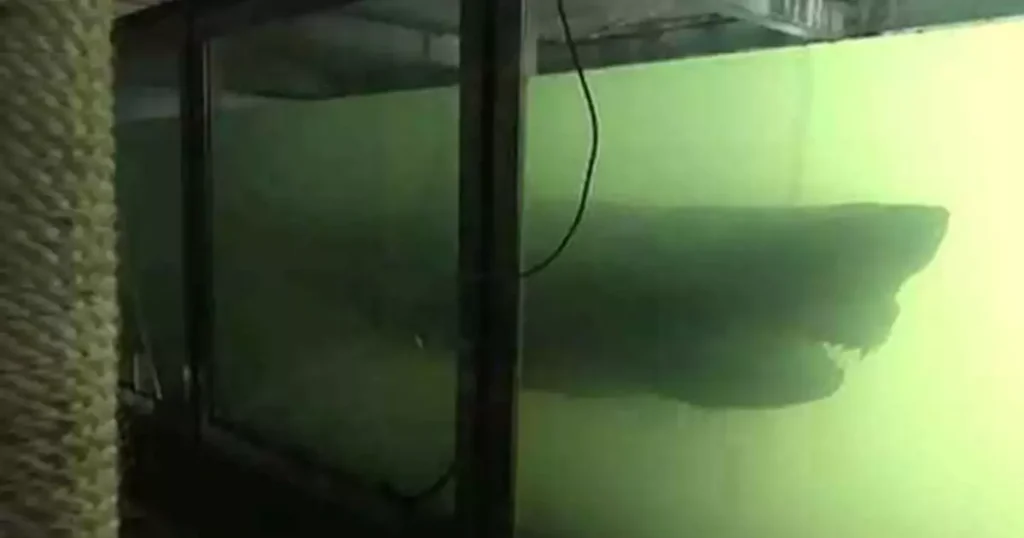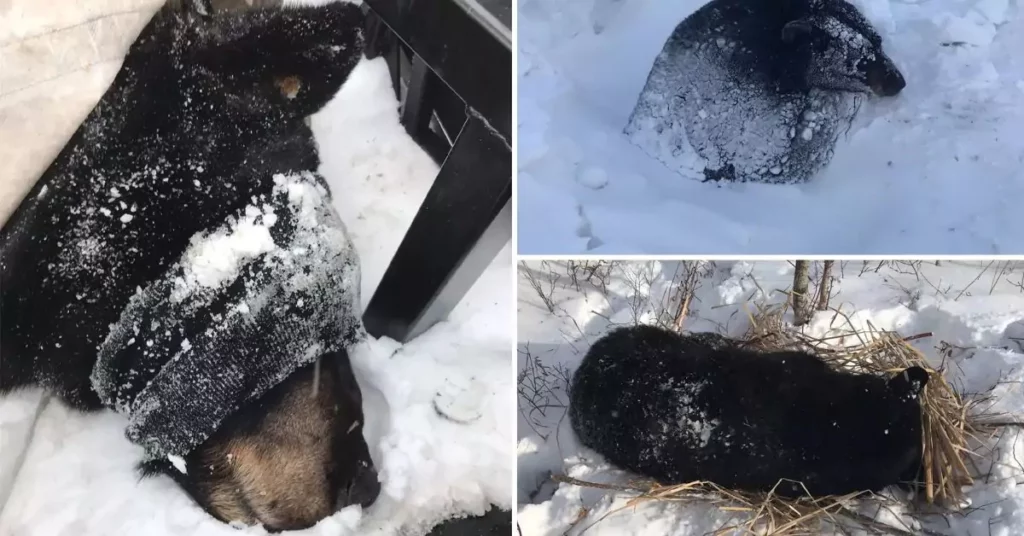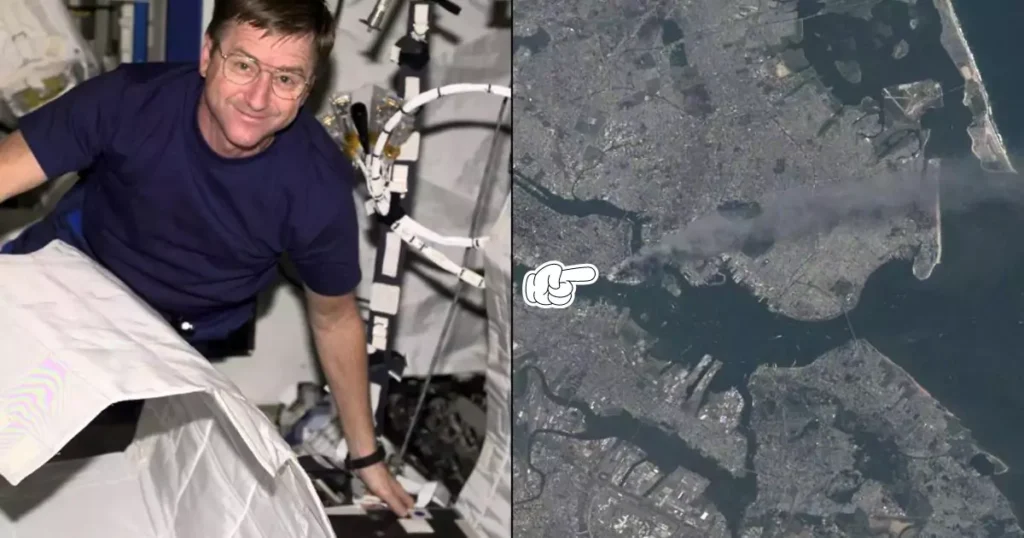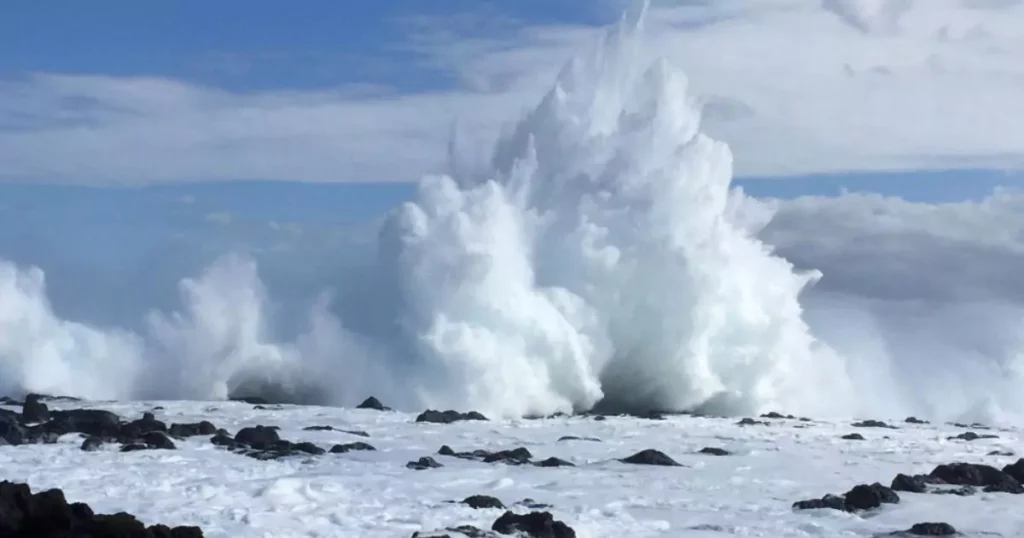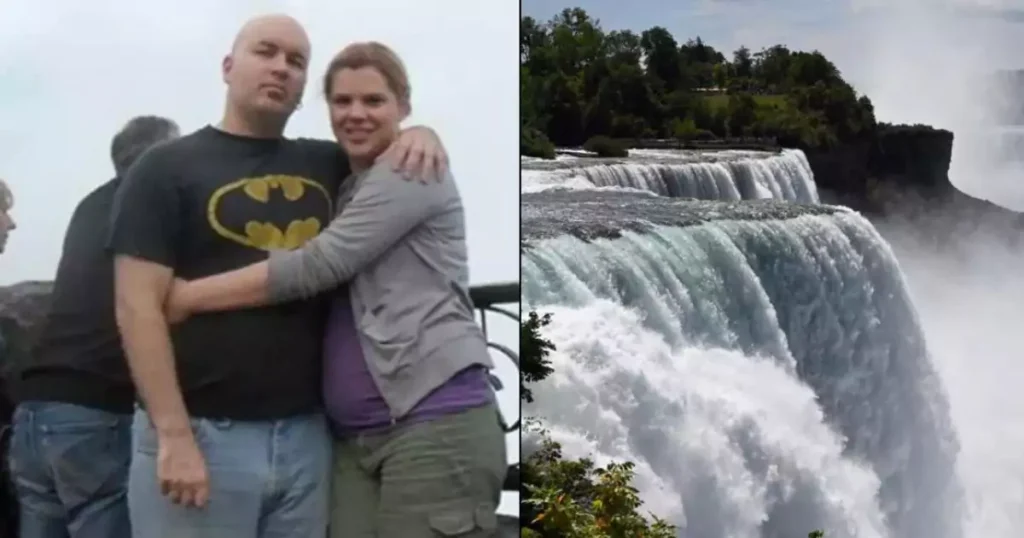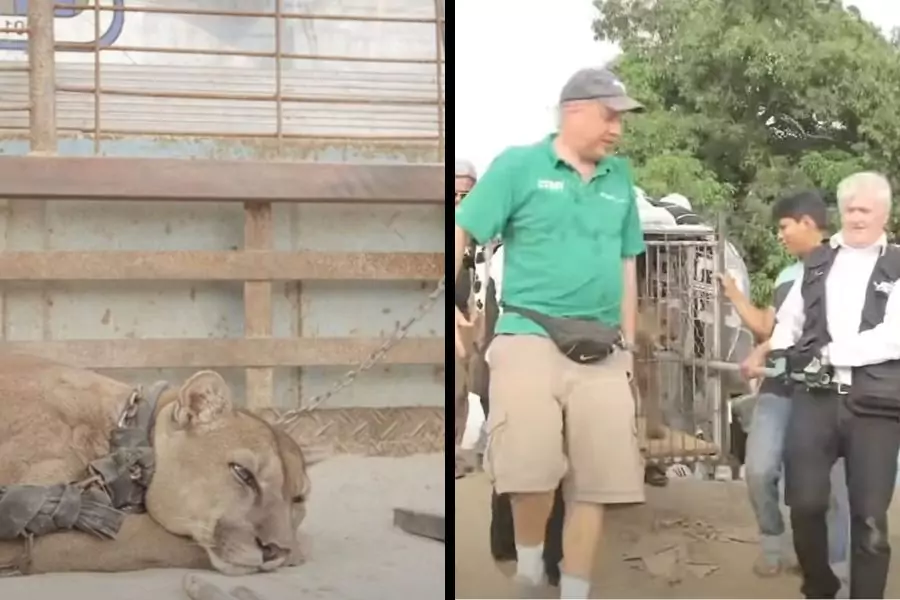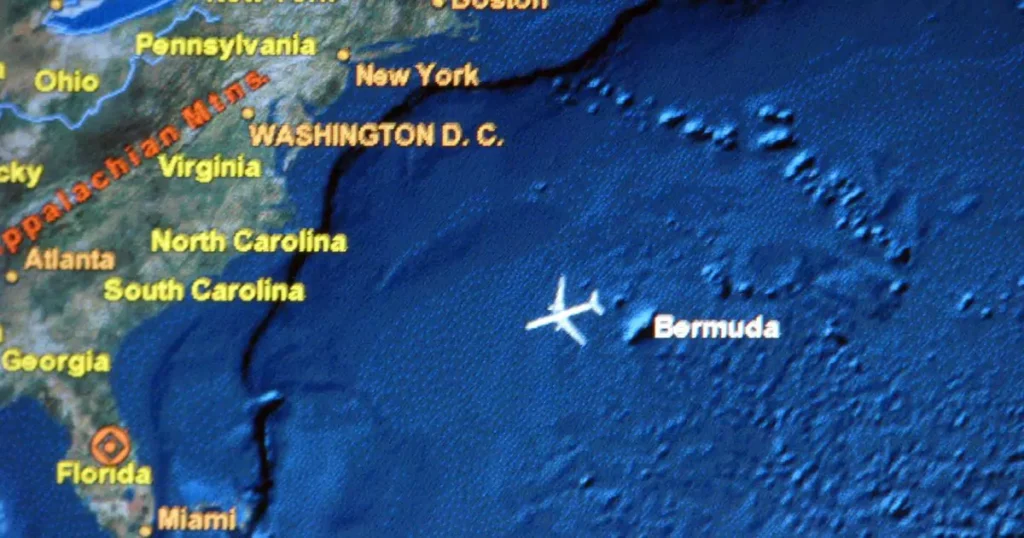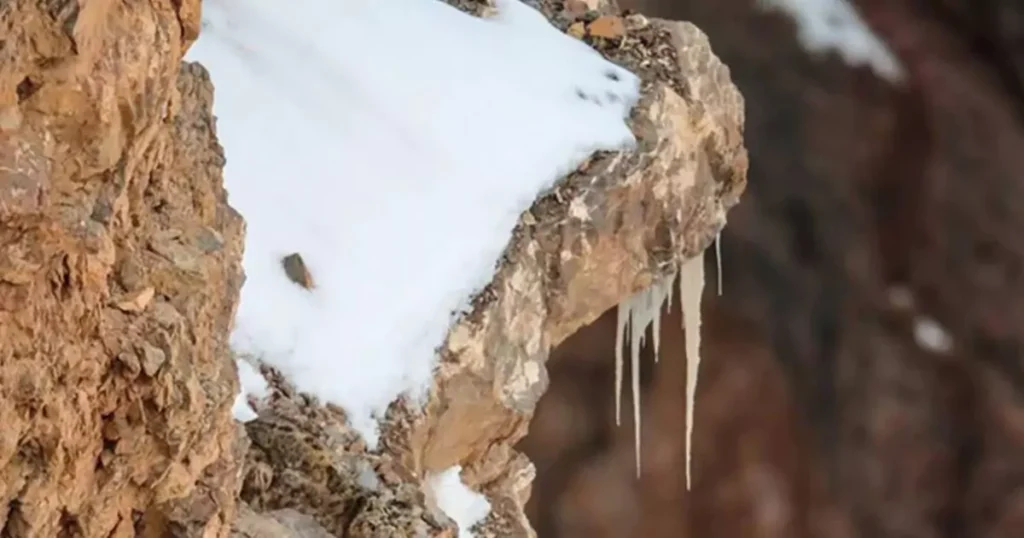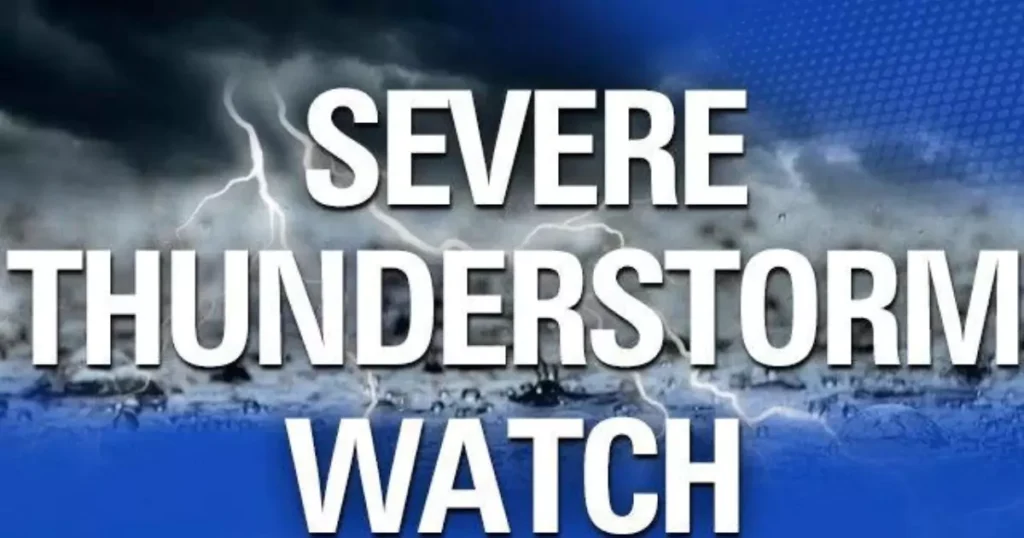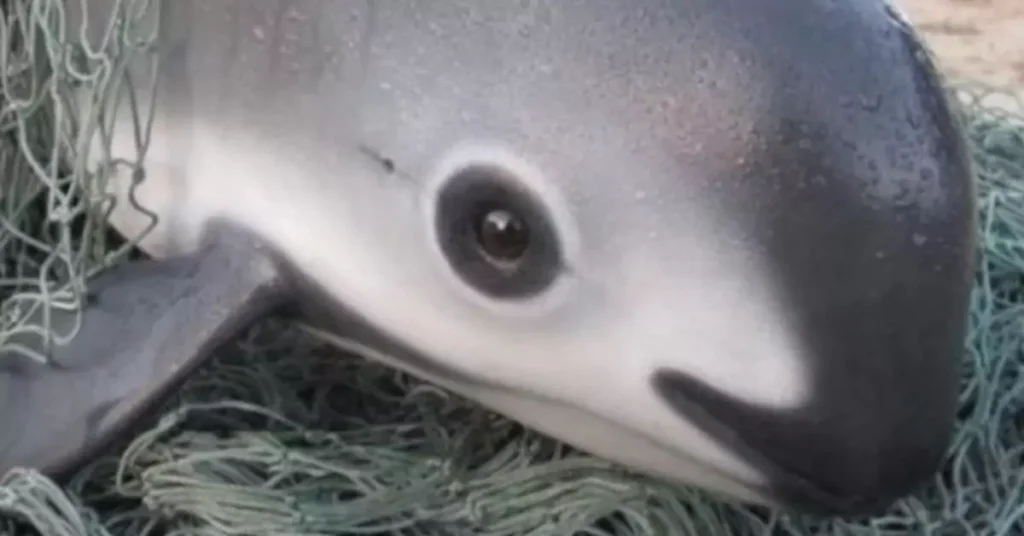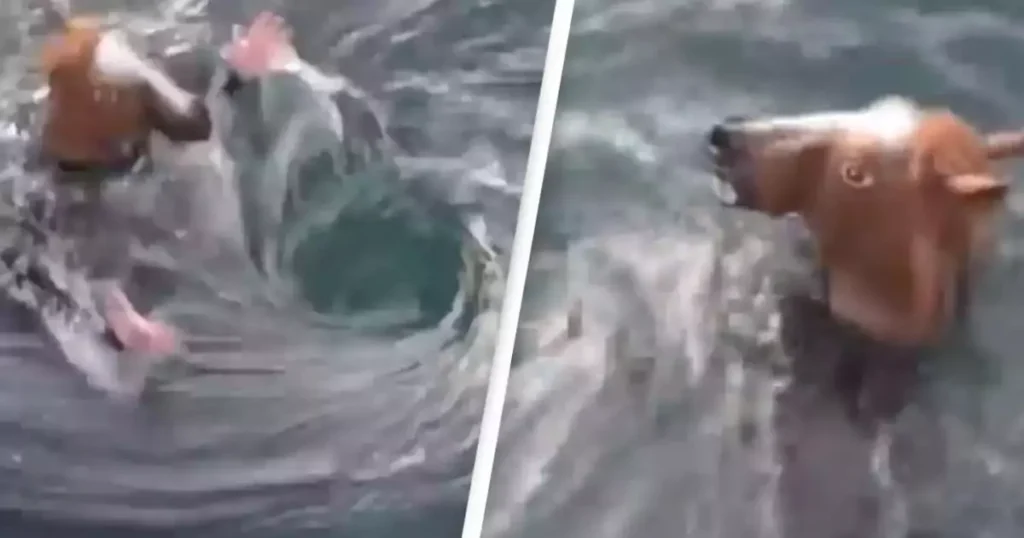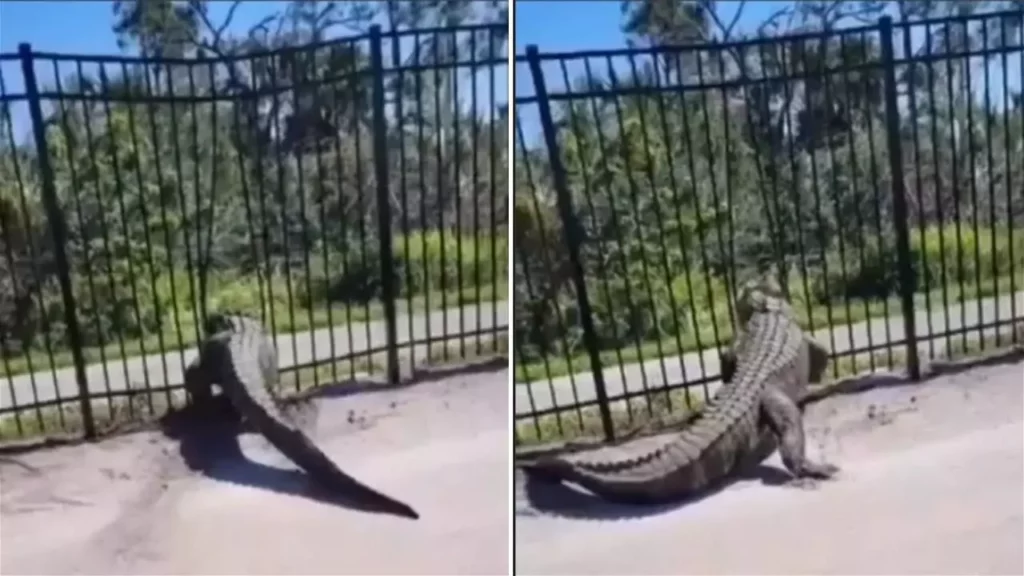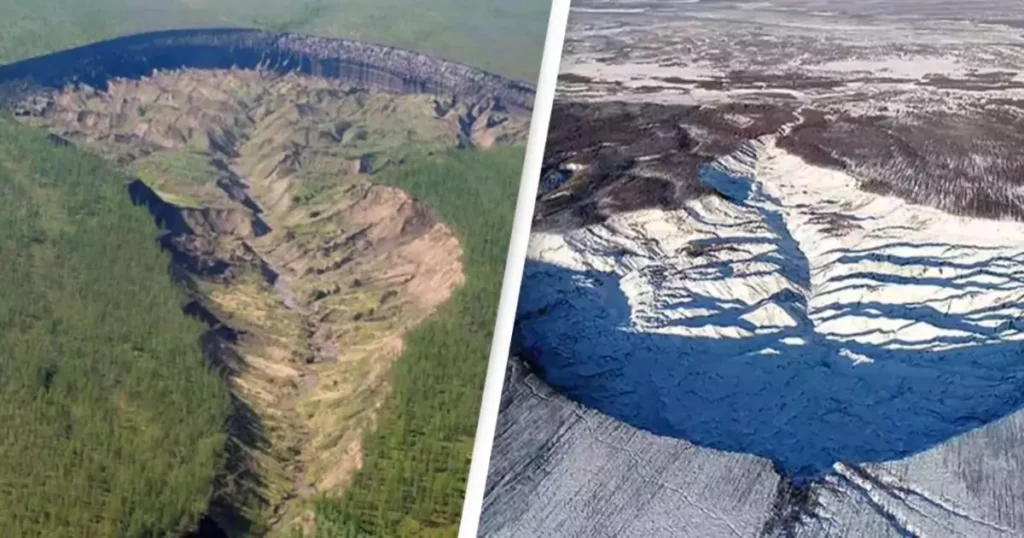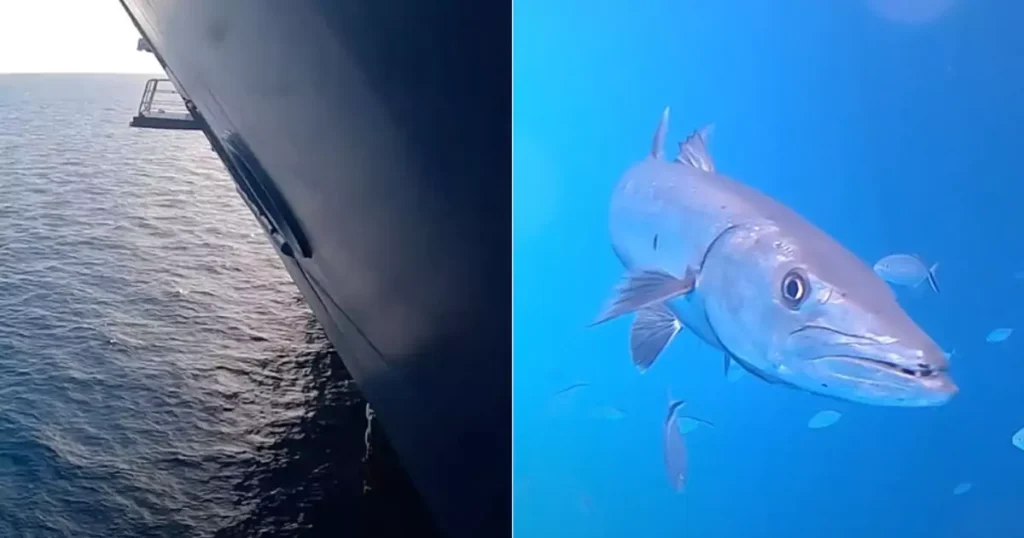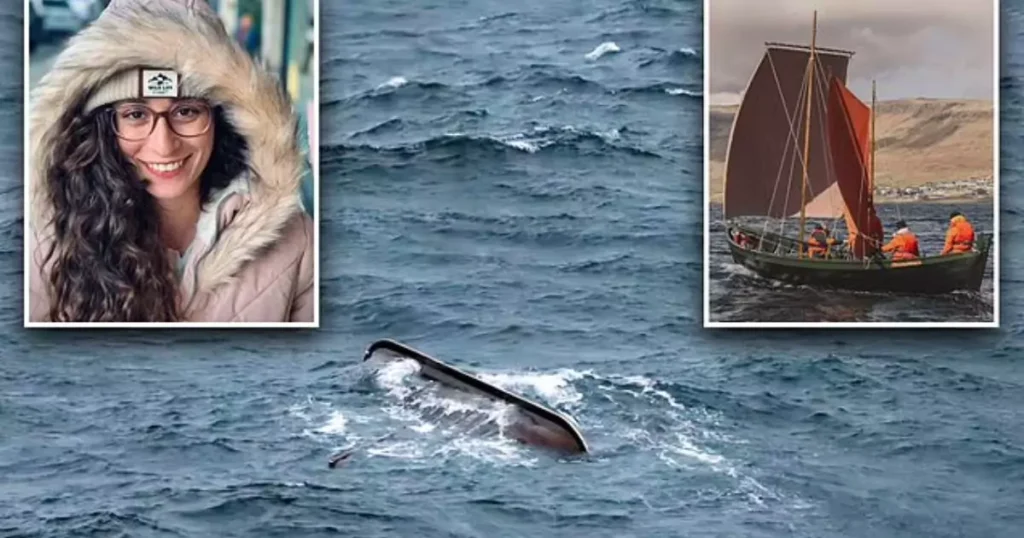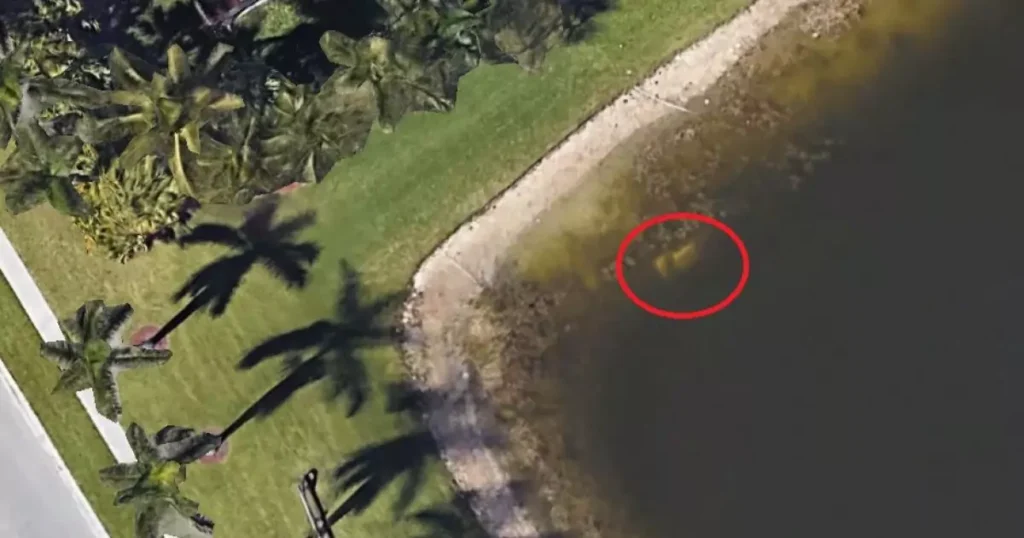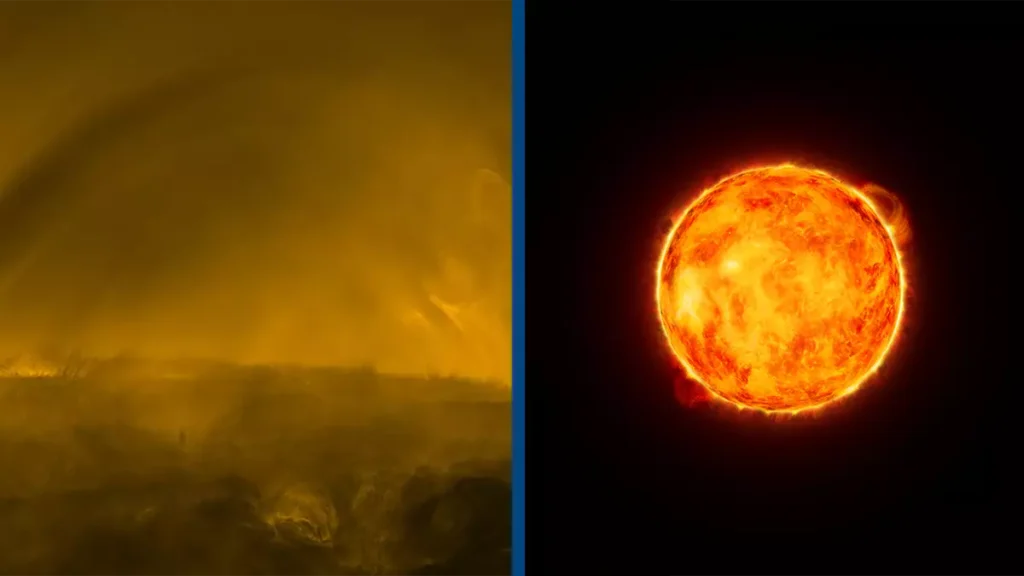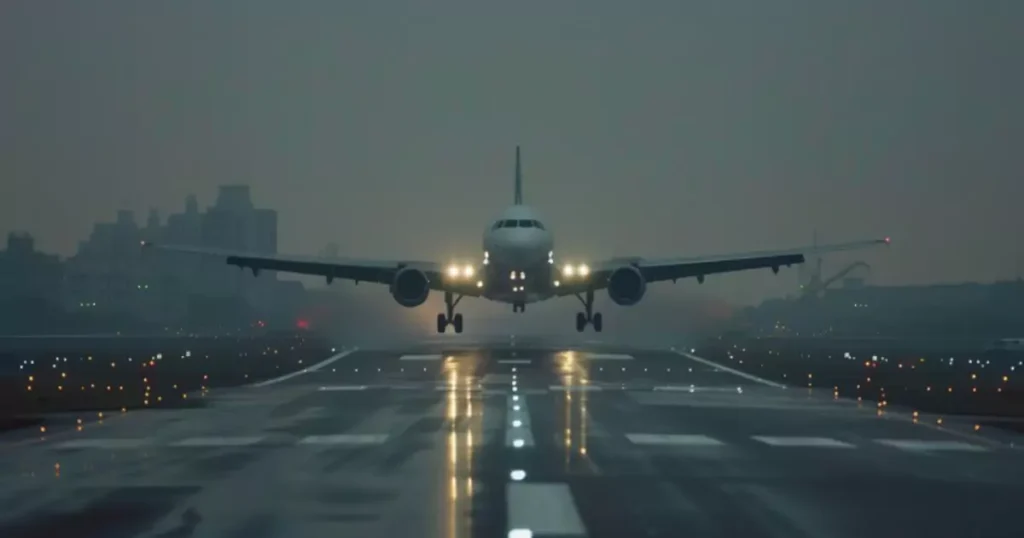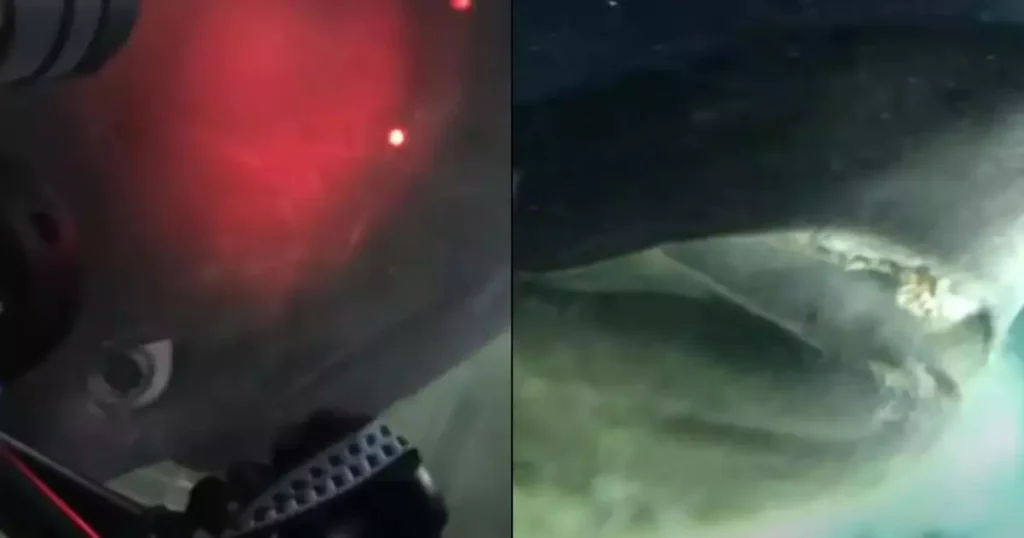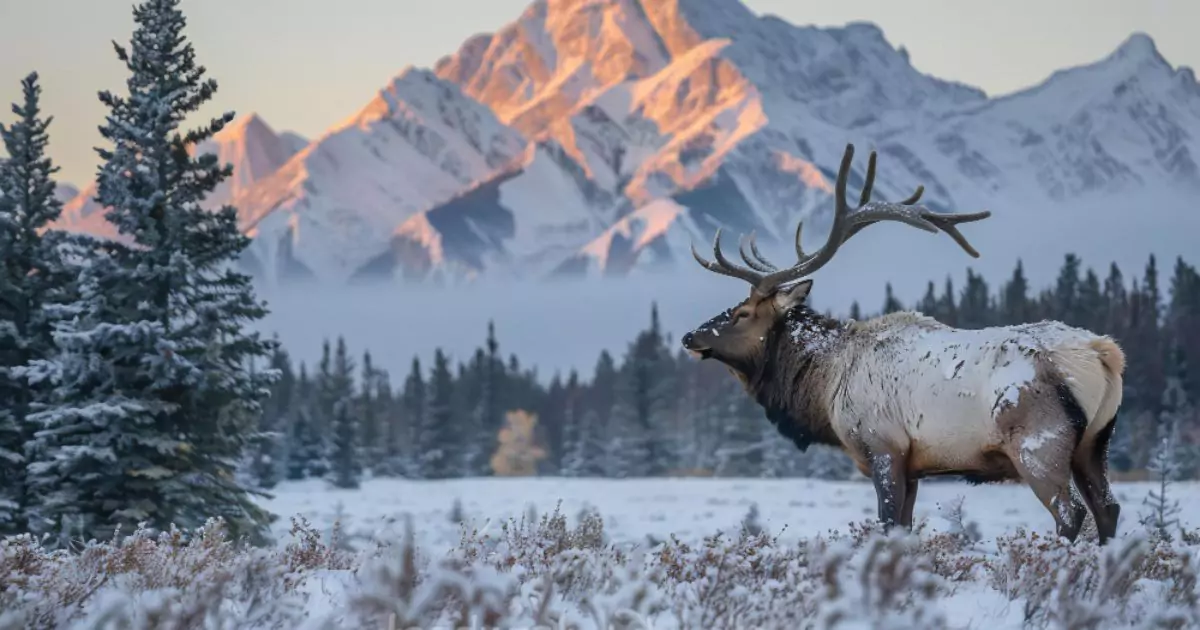
The Alaska Triangle, an eerie region in the United States, has left experts baffled and locals terrified for decades. This triangular-shaped area stretches between Utqiagvik, Anchorage, and Juneau. It has earned a sinister reputation for the unexplained disappearances of more than 20,000 people since the early 1970s. While often compared to the infamous Bermuda Triangle, the Alaska Triangle has a far more mysterious and dangerous legacy. Despite the alarming number of vanishings, the Alaska Triangle remains largely unexplained, and its treacherous landscape continues to swallow those who venture within.
What Is the Alaska Triangle?
The Alaska Triangle covers a vast, rugged area filled with dangerous terrain, from jagged mountains to dense forests and countless lakes. This region holds the grim distinction of having more unsolved missing person cases than anywhere else in the world. According to reports from the History Channel, over 20,000 people have disappeared within the triangle since the 1970s.
The first major disappearance that brought attention to the Alaska Triangle happened in 1972. A small plane carrying U.S. House Majority Leader Thomas Hale Boggs Sr., Alaska Congressman Nick Begich, and two others vanished without a trace between Anchorage and Juneau. The search for the missing plane spanned more than 3,600 hours and covered 325,000 square miles. Despite the exhaustive efforts, no wreckage or bodies were ever found. This incident ignited numerous conspiracy theories and cemented the Alaska Triangle’s reputation as a dangerous and mysterious place.
Theories and Explanations for the Disappearances
Various theories have been put forth to explain the Alaska Triangle’s disturbing number of disappearances, though none have been conclusively proven. Some cryptozoologists and paranormal researchers believe supernatural forces or cryptids, like Bigfoot, might be responsible. Others suggest more grounded, scientific explanations, pointing to the extreme environment, dangerous wildlife, and rough terrain.
Ken Gerhard, a well-known American cryptozoologist and field researcher, has studied the Alaska Triangle extensively. He notes that some disappearances defy explanation. “This wasn’t just someone being mauled by a bear or falling into a crevasse,” he explained in an interview with the History Channel. “These were people going about their daily lives, yet they vanished without a trace.”
Gerhard’s research points out that while the Alaska Triangle’s rugged terrain and harsh climate can account for some cases, many vanishings still remain unsolved. On one of his research trips, Gerhard experienced two people disappearing while he and his team were present. One vanished from a cruise ship, and another disappeared in a crowded tourist area on a mountain.
Natural Dangers in the Alaska Triangle
The treacherous landscape of the Alaska Triangle, with its extreme climate and abundant wildlife, offers a reasonable explanation for some of the disappearances. The region is home to dangerous animals such as bears, wolves, and moose. The terrain itself is perilous, with vast crevasses, dense forests, and deep lakes, any of which could easily swallow victims without a trace.
A notable case illustrating the dangers of the Alaska Triangle involves Gary Frank Sotherden. In the mid-1970s, Sotherden, a hunter from New York, disappeared while exploring the Alaskan wilderness. His family spent years without answers, holding onto hope that he might still be alive. It wasn’t until 2022, more than 40 years later, that a human skull was discovered along the Porcupine River. DNA testing confirmed that the skull belonged to Sotherden. Investigators believe he likely died from a bear attack, as there were signs of tooth penetrations in the skull. While the exact cause of death remains unconfirmed, this case highlights the natural hazards in the Alaska Triangle.
The 1972 Disappearance of Political Figures
The disappearance of U.S. political figures in 1972 is one of the Alaska Triangle’s most famous cases. The Cessna 310, carrying U.S. House Majority Leader Thomas Hale Boggs Sr., Alaska Congressman Nick Begich, his aide Russel Brown, and their pilot, disappeared during a routine flight from Anchorage to Juneau. Despite an extensive search by the U.S. military, no wreckage or human remains were ever recovered. This high-profile disappearance fueled countless conspiracy theories, with some speculating about foul play or even government cover-ups.
Some suggest that environmental factors, such as the unforgiving Alaskan wilderness and extreme weather, are the likeliest explanations for the disappearance. The rugged, cold terrain of the Alaska Triangle would make recovery efforts difficult, which might explain why the wreckage and bodies were never found. However, the mystery remains unsolved, adding to the area’s dark reputation.
Paranormal Theories About UFOs and Vortexes
Paranormal enthusiasts have proposed even more bizarre explanations for the disappearances in the Alaska Triangle. Some suggest that the region might have electromagnetic disturbances or energy vortexes, which distort time and space. These vortexes, according to believers, might pull people into other dimensions. This theory draws parallels to the Bermuda Triangle and its own supernatural legends.
UFO enthusiasts also claim that the Alaska Triangle might be a hotspot for alien abductions. Alaska, known for frequent UFO sightings, has fueled these theories further. Some believe that extraterrestrial forces may be responsible for the missing persons, although these ideas remain purely speculative.
Survival in the Alaska Triangle
The combination of the Alaska Triangle’s extreme climate, rugged terrain, and dangerous wildlife makes survival difficult, if not impossible, for those who go missing. The temperatures in the area often drop below freezing, and hypothermia is a constant threat. Additionally, the isolation and lack of human settlements in the region leave little hope for anyone stranded or injured. For many, survival in the Alaska Triangle is highly unlikely.
Dangerous wildlife also adds to the risks. The region is home to large populations of bears, wolves, and other predators. Encounters with these animals can easily turn deadly. The sheer remoteness of the area, combined with its hazardous terrain, means that rescue efforts are often too late, if they are possible at all.
The Ongoing Mystery of the Alaska Triangle
Despite countless efforts to explain the disappearances in the Alaska Triangle, the region remains an unsolved mystery. Some vanishings can be attributed to natural causes, such as wildlife attacks or exposure to the elements, but many remain unaccounted for. Whether these disappearances are the result of the harsh environment, supernatural forces, or something entirely unknown, the Alaska Triangle continues to intrigue and terrify those who hear its story.
For now, the mystery endures, and the Alaska Triangle maintains its fearsome reputation as one of the world’s most enigmatic and dangerous places. With its history of unsolved disappearances, hazardous landscape, and high-profile cases, the Alaska Triangle will continue to be a subject of fascination for years to come.




